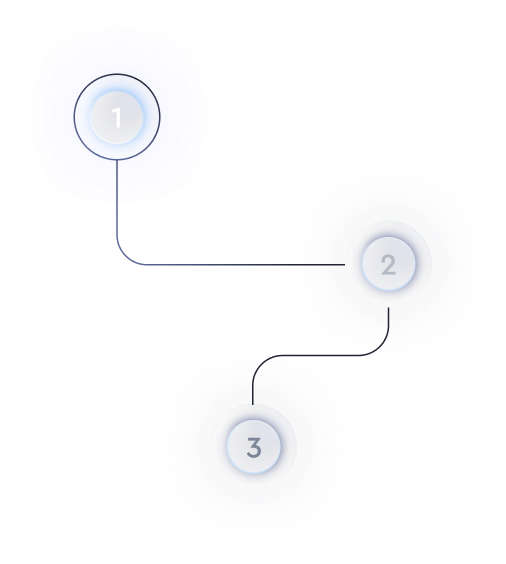Should I use Webflow, Framer, or custom code for my website redesign?
Redesigning your website presents an excellent opportunity to evaluate whether Webflow, Framer, or custom code is the right approach for your needs. Each option offers unique advantages that cater to different requirements and expertise levels. This analysis will cover advanced insights and practical applications to help inform your decision.
Webflow: Harnessing Power Without Code
Webflow is a strong contender for designers and developers who want to convert visual designs into production-ready websites without diving deep into coding. It's particularly beneficial for those who value the designer-friendly interface combined with the ability to export clean code.
One of Webflow's key strengths is its visual CMS. This is crucial for content-heavy sites where the content management system needs to be intuitive and visually accessible to non-developers. Webflow allows for setting up dynamic content clearly and with ease.
The platform also offers robust hosting solutions with built-in SEO tools, making it a strong all-in-one solution if you're looking to simplify your workflow and reduce dependencies on multiple services.
- Advantages: No-code design, responsive layouts, and built-in CMS.
- Limitations: Limited to the platform’s capabilities for custom functionalities and potential issues with scalability for very large projects.
Framer: The Interactive Design Platform
Framer is a dynamic platform focused on interactive design and prototyping. It goes beyond static mockups to provide a more engaging user experience, making it an excellent choice for projects where user interactions are pivotal.
Unlike Webflow, Framer places a stronger emphasis on animation and transitions, which can help make your website stand out with more sophisticated user experiences. The tool itself is well-suited for designers who want to push the boundaries of web design with minimal code.
It also offers collaboration capabilities for teams, enabling designers and developers to work concurrently on projects, streamlining the design-to-development workflow significantly.
- Advantages: Rich interactive prototypes, intuitive design interface, collaboration tools.
- Limitations: May require more technical knowledge for custom coding and integrating complex functionalities.
Custom Code: The Ultimate Control
Choosing custom code might be the right path if you have specific requirements that necessitate full control over your website’s functionality and performance. It is a flexible option, suitable for businesses with the technical resources and expertise to handle a more involved development process.
Custom coding allows for tailored solutions and optimization, which could significantly improve performance and user experience on larger scale or very specialized websites. Moreover, it allows developers to easily integrate third-party services through APIs and tailor backend processes to exact specifications.
However, going this route demands a dedicated team of developers, as it involves continuous development and maintenance efforts. This can be beneficial for companies that need constant website updates or are aiming for a highly unique site.
- Advantages: Total control, unlimited customization, and superior integration capabilities.
- Limitations: Resource-intensive, requires technical talent and ongoing maintenance.
Ultimately, the choice between Webflow, Framer, and custom code revolves around your website’s needs, your team’s expertise, and the project’s complexity. Evaluating these factors critically can lead you to a platform that optimizes both your workflow and the final product.

